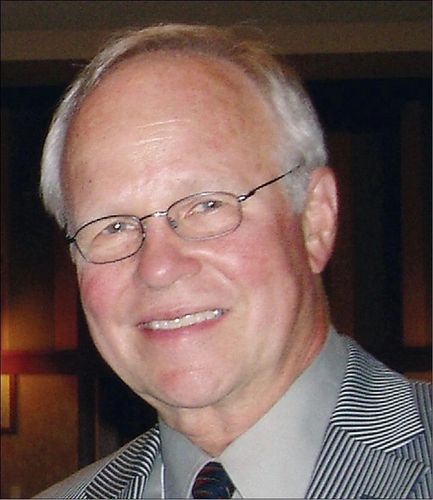Dr. Richard Kay Root
Dr. Richard Kay RootDr. Richard Kay Root

Dr. Richard K. Root was known as the last of the "triple-threat" doctors that ushered in the end of the "golden age of medicine" (1950-2000). During the age, major institutional leaders had to be adept and active as clinicians, teachers and researchers.
Medical Schools and Associated Hospitals
Founder and Chief of Infectious Disease, University of Pennsylvania (1971-1975);
Founder and Chief of Infectious Disease, Yale University (1975-1982)
Vice-Chairman of Medicine, Yale University (1980-1982)
Acting Chairman of Medicine, Yale University (1982)
Vice Chairman of Medicine, University of Washington (1982-1985; 1991-2001)
Chief of Medicine, Seattle VA (1982-1985)
Chairman of Medicine, UCSF (1985-1989)
Physician-in-Chief, UCSF (1985-1989)
Chief of Medicine, Harborview Medical Center (1991-2001)
Highlighted National Roles:
President, American Federation of Clinical Research
President, Western Association of Physicians
NIAID Director AIDS Advisory Committee
Highlighted Editorial Roles:
Harrison's Principals of Medicine.
Clinical Infectious Diseases.
Western Journal of Medicine.
American College of Physicians
Annals of Internal Medicine
The American Journal of Medicine
In 2001, he stepped down from his duties to care for his wife full-time, due to a rapid onset of ALS. Upon her death in 2001, he become Emeritus Professor at University of Washington. Dr. Root met his untimely demise in 2006 when he was attacked by a crocodile while working with the University of Pennsylvania to combat AIDS in Africa.
The "triple threat" model is so important because it was the ideal engine for modern academic medicine. It creates a self-reinforcing loop that accelerates medical progress: the three roles are not separate jobs, but one integrated system.
Today, the "triple threat" is more of an ideal than a common reality. The sheer complexity of both clinical medicine and basic research has led to more specialization. It is now more common to have "triple threat teams"—where a full-time clinician collaborates closely with a full-time Ph.D. researcher—but the model of the single, integrated "triple threat" physician remains the ultimate ideal of academic medicine.
For nearly a century, medicine in America was a covenant — a sacred pact between healer and healed.Today that covenant is breaking. The physician, once trusted as steward and teacher, is drowning in bureaucracy and moral injury. The patient, once central, is lost in a maze of billing codes and corporate care. Both stand on the same cliff — one exhausted, the other unaware that the ground is giving way.This is not the erosion of a profession. It is the slow disintegration of the last great human trust in modern society. If medicine fails, everything that depends on it — family, aging, birth, death, dignity — fails with it.
From Root Family Collections
Download PDFInformation is gathered from digital, large language models and hardcopy sources, as well as personal experience and personal interviews.
“My father ate, drank and slept medicine. It was the inevitable topic of every meal, which doubled as a type of grand rounds or medical conference. Staff recruitment and high-level chairman meetings transpired at our family dinners and social events, which we could never miss. From the '60s to my father's death in 2006, we were firsthand witnesses to what is now called the rise and fall of the "Golden Age of Medicine."
We use cookies to analyze website traffic and optimize your website experience. By accepting our use of cookies, your data will be aggregated with all other user data.